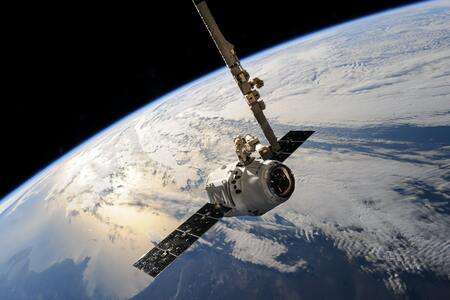
Lockheed Martin Ventures, a subsidiary of Lockheed Martin will increase its investment in Australian start-up company Arlula.
Arlula announced the new investment on October 19, 2023. This is the second major investment that Arlula has had this year. It also had a successful round of funding led by Main Sequence Ventures earlier this year
Founded in 2018, Arlula has built a platform that integrates commercial and government satellite imagery from operators around the world to reduce the time it takes to access Earth observation data. Through its cloud-based infrastructure, Arlula provides businesses on the ground with the ability to integrate and manage satellite data feeds from anywhere in the world. Remote asset managers in the fields of mining, oil and gas, and forestry can now acquire and operationalise satellite imagery at scale, which Arlula says will eliminate the need for complicated technology integrations, lengthy business contracts and negotiations.
Commenting on the investment, Sebastian Chaoui, Co-founder and CEO, Arlula said: “Lockheed Martin’s investment is a validation of our technology and our vision for the future of satellite imaging. We are thrilled to have an investor that shares our commitment to innovation and our dedication to pushing the boundaries of what’s possible in the space industry.”
David Ball, Regional Director Australia and New Zealand for Lockheed Martin Space added: “Lockheed Martin is wholeheartedly committed to investing in Australian industry capabilities and fostering innovation within the space sector. We were highly impressed by Arlula’s technology and vision, and this strategic investment reflects our confidence in their capabilities. We believe that, together, we can make space data more accessible and sustainable and transform the future of Earth Observation and satellite technology.”












Add Comment